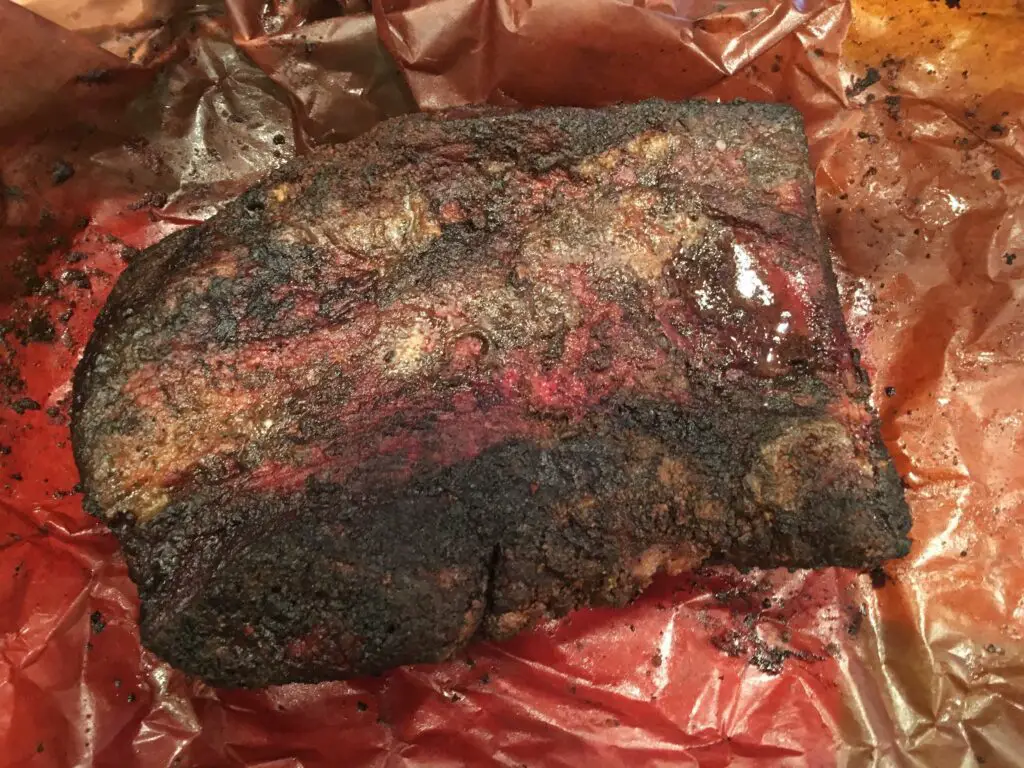We strive to provide you with authoritative, trustworthy, and expert advice. In doing so, the staff at bbqdropout.com performs extensive research, editing, and fact checking to every post on this webiste. If you feel that this article can improve, please feel free to reach us at staff@bbqdropout.com
Before continuing this article, I wanted to let you know that I have a YouTube channel where I showcase all sorts of video content related to BBQ. Subscribing would mean a lot to me, and I very much appreicate all the support!
Wrap brisket at what temp
If you’re wondering what temperature you should be wrapping a brisket, you have come to the right place. You should be wrapping a brisket at about 150°F in internal temperature.
That is the temperature at which you can expect it to start flatlining for several hours until about 170°F.
This phenomenon is basically known as the stall.
What causes this during that temperature range, is the meat probe that you are using to measure the brisket’s internal temperature is effectively being cooled off due to the excretion of moisture from your brisket.

This makes it seem like it’s not cooking and you may have noticed slight decreases in the temperature overall.
A great way to protect against this flatlining of internal temperature and potentially longer cooks over the long run, is to wrap it starting at that 150°F Mark.
When you do that, it helps expedite the cook, and you can even completely push past the flatlining of any internal temperature readings.
This will have the effect of speeding up the cook and basically negate any type of stall that you would’ve otherwise had.
Once your internal temperature reaches 170°F, you can feel free to unwrap the brisket because at this temperature, the internal temperature will start to gradually increase exponentially until it is done.
Final Thoughts
You should be wrapping your brisket anywhere from 150°F to about 170°F.
This temperature range is basically known as the stall, where you can expect a long-standing flatlining of her temperature readings for several hours.
Robert is a certified Pitmaster, with over a decade of experience in smoking the best meats you’ll ever feast upon. He also has a Bachelor of Business Administration from the University of Texas at San Antonio. When he’s not researching technical topics, he’s most likely barbecuing in his backyard.
